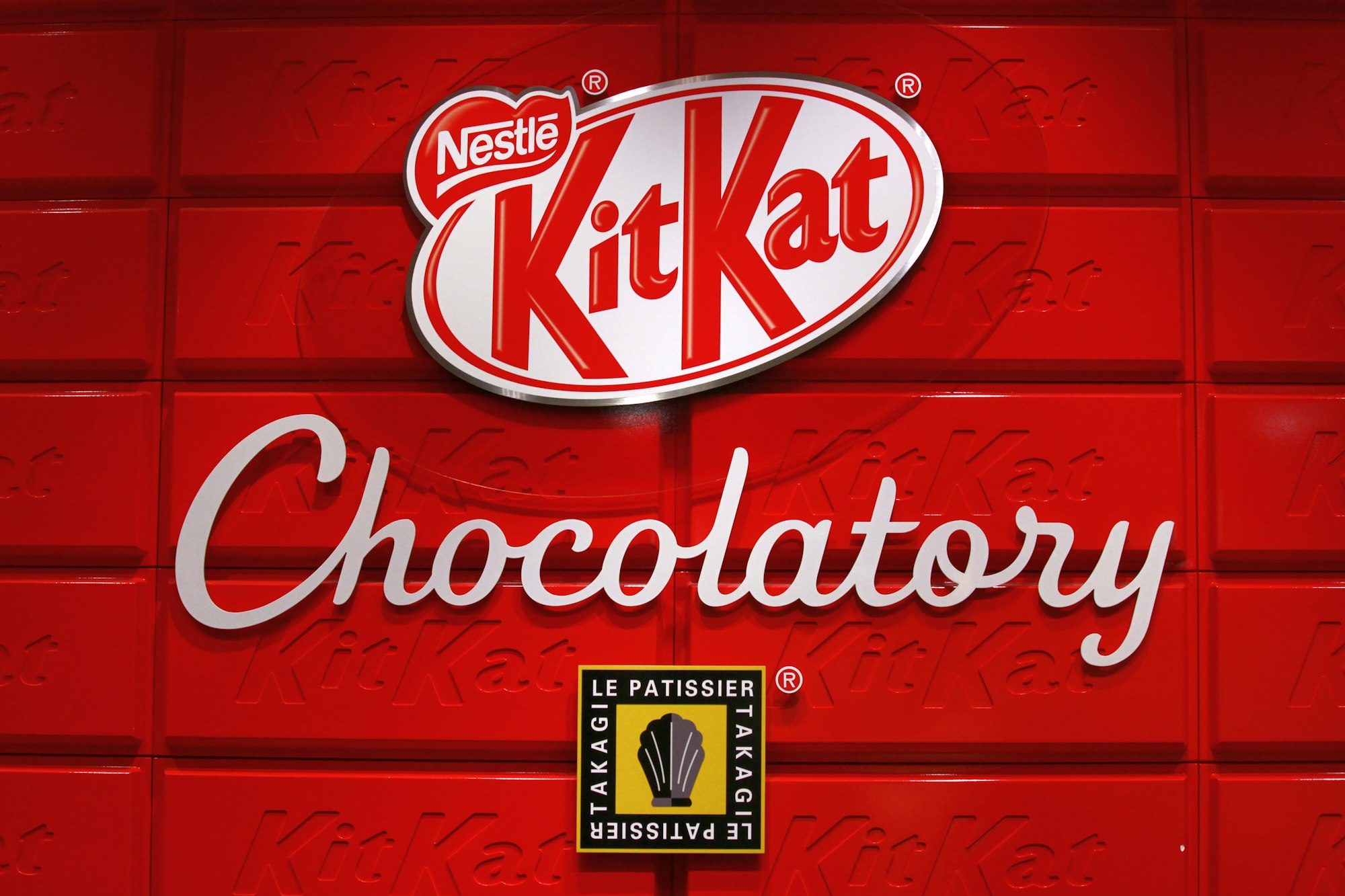What It Will Take for Big Consumer Brands to Get Their Groove Back
Global consumer-goods giants kept profits afloat by raising prices, but volumes have stalled. To thrive again, they must win back shoppers with real product superiority, smarter retail-media spending, and a return to growth built on demand—not just price hikes.

The world’s biggest makers of shampoo, snacks and soap have spent the past two years raising prices to outrun inflation. That sprint kept margins intact, but it also left shoppers winded and volumes flat. In developed markets, sales growth decelerated sharply in 2024 even as price rises moderated, a sign that consumers’ wallets—and patience—had been stretched. The big fast-moving consumer-goods houses now face a harder task: reigniting real demand without surrendering the discipline that kept profits steady.
Any revival starts on the shelf, where private label has shed its bargain-basement stigma. More than half of global consumers say they’re buying more store brands, yet the picture is subtler than a zero-sum fight. Retailers are building tiered private-label architectures—value, mid, premium—right alongside national brands, forcing household names to justify every cent of premium with visible performance and design. That means fewer me-too line extensions and more products that demonstrably clean better, taste fresher, or solve a health or convenience job the store brand can’t.
Meanwhile, the balance of power with retailers has shifted. Europe’s headline spat between Carrefour and PepsiCo—three months of pulled products before a truce—telegraphed how hard grocers are now pushing back on price. Underneath those negotiations sits a more structural change: retail-media networks, which throw off fat margins for stores and are rapidly becoming the tax of entry to visibility online and off. For global brands, “trade spend” is giving way to a measurable media market that will only grow more expensive—and more essential. Winning here requires clean data pipes, creative that sells in a search bar, and a hard-nosed focus on incrementality rather than impressions.
Pricing itself is moving from blunt instrument to scalpel. U.S. food inflation cooled into late 2024 and early 2025, and big-box chains touted thousands of rollbacks even as category dynamics diverged by aisle. Then a new wave of tariff noise complicated the picture: if import costs rise, grocers will push vendors to absorb more of the hit. The brands that thrive will rebuild price architecture—sizes, bundles, and promos—so value is obvious at every rung, while keeping list prices and pack sizes honest in markets where regulators are cracking down on “shrinkflation.”
Inside headquarters, the next leg of growth will be funded the old-fashioned way: productivity. Procter & Gamble’s broad restructuring—7,000 non-manufacturing roles over two years, plus portfolio sharpening—signals how aggressively the leaders are freeing up fuel for media and innovation. Unilever has been concentrating spend behind its “Power Brands,” and Nestlé has ground its way back to positive real internal growth with a tighter focus by region and category. The point isn’t austerity; it’s simplification—fewer SKUs, faster decisions, and supply chains designed for the omnichannel world brands actually sell into.

Innovation now runs straight through consumers’ changing bodies as much as their changing habits. The GLP-1 revolution is real enough to show up in pantry data: multiple studies point to reduced consumption of high-sugar, high-fat foods among people on weight-loss medications. That doesn’t doom indulgence, but it raises the bar. Expect more reformulations that dial down sugar and calories without punishing taste, more portion-right packs that help people stay on plan, and a faster pivot toward functional benefits—protein, fiber, and gut health—where brands can credibly lead.
The digital shelf is where all of this gets decided. E-commerce has become too big to treat as an annex—P&G says online now accounts for nearly a fifth of company sales—and retail media is morphing into a performance channel that demands real attribution. The winners will pair retailer data clean rooms with disciplined marketing-mix models, break down walls between shopper and brand budgets, and treat search, ratings and reviews as living packaging. In practice that means squads that can change hero images in hours, not quarters—and a media plan built around verifiable lift, not legacy reach.
On costs, the commodity cycle is finally delivering a few tailwinds, even as others bite. Cocoa exploded to record highs before easing, whipsawing confectioners’ P&Ls. Some plastics and pulp costs softened while metals jumped with tariff adjustments. The upshot: procurement strategies need more optionality—dual-sourcing, flexible specs, and regionalized make-or-buy—so brands can hold price when they should and invest behind price when they must.
Regulation is another unavoidable lane. Europe’s new Packaging and Packaging Waste Regulation is now on the books, with phased application beginning in 2026. It will force re-use targets, restrict certain single-use formats, and push down on excess packaging volume. For multinationals, the smartest response is to standardize to the strictest major-market rule and build modular packaging systems that travel across borders without re-engineering. Treat compliance as design, not drudgery, and it can become a margin lever rather than a cost line.
All this still leaves the core strategic choice: who are you for, and what are you better at than anyone else? Deloitte’s 2025 survey work shows trading down has spread well beyond low-income cohorts, so “value” can no longer be someone else’s job. But value isn’t just price. It’s fewer compromises: better stain removal in cold water when electricity is expensive; a snack that satisfies at 120 calories; a baby wipe that actually biodegrades. If national brands consistently deliver that kind of superiority, they earn back permission to price.
The blueprint for a comeback is hiding in plain sight. Rebuild volume with products that are tangibly better, not just different. Make retail media work as hard as a factory line. Bring honesty back to pack sizes and promotions. Take out complexity so innovation and content can move at the speed of the cart. And accept that omnichannel is not a channel; it’s the market. Do those things with conviction, and the household names that navigated a decade of shocks can grow again—this time on the strength of what’s in the bottle, not just what’s on the price tag.
Author

Investment manager, forged by many market cycles. Learned a lasting lesson: real wealth comes from owning businesses with enduring competitive advantages. At Qmoat.com I share my ideas.




